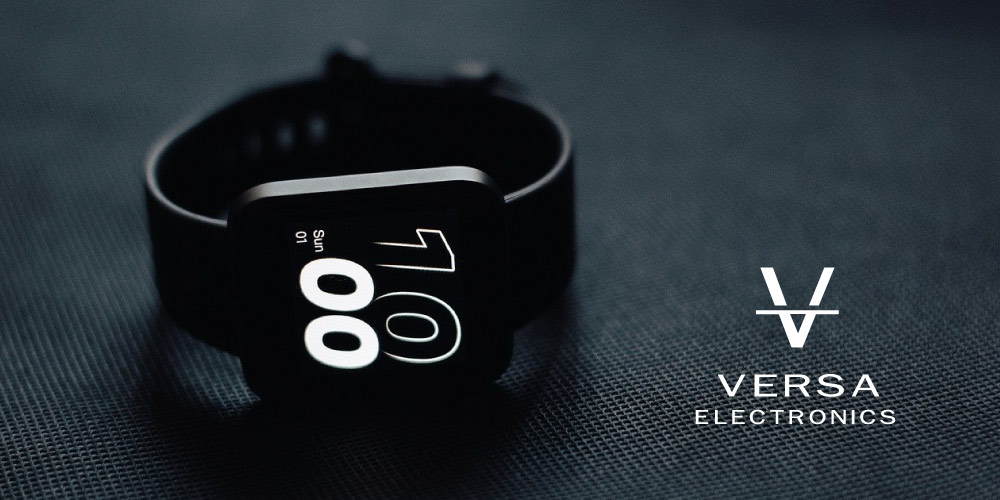Printed Circuit Boards (PCB) are crucial components of various electrical devices and heavy machinery used in countless industries. To design the ideal board for any given device, you will need to understand the importance of the base material – copper – thickness in the conductivity and overall efficiency of the PCB.
The following guide will take you through the purpose of copper in guaranteeing prime circuit conductivity, the different levels of PCB thickness available and how they best suit specific boards and devices, and the processes of ordering with certified manufacturers.
Why Copper Is Used For Printed Circuit Boards
PCBs’ modern use generally features power devices operating on strong current and networks of high current density. These electrically conductive networks are most compatible with copper because of the metal’s high conductivity of electricity. Generally, the copper in PCBs is layered with a substrate, soldermask, and silkscreen; however, copper remains its most important base material.
Copper is a fantastic conductor of heat and electricity. It provides limited heat damage to the PCB because its thermal conductivity allows it to shift the stress resulting from high temperatures to other components of the electrical device. Copper also promotes the high efficiency of PCBs because it rapidly transfers signals without losing electricity along the way.
Considering copper is a highly-performant metal conductor, only a little of the material needs to be used to create a PCB. You will, however, need to install a heat sink directly onto the surface of the copper to adjust its temperature to vary its conductivity capabilities according to use.
Calculating Copper Weight
A single ounce of copper can generally make for 35 micrometers of 1.4 thousands of an inch thick copper, which can be used for a whole square foot of PCB. To calculate the copper weight of your metal, you will need to understand copper grade and PCB thickness measurements.
But first, you will be required to ascertain the shape (or form) of the copper presented to you. Manufacturers typically opt for a bar, tube or sheet shape. You will also need to ascertain the purity of the copper with which you are dealing. Most manufacturers offer alloys combining copper and nickel, and the standard grade class of semi-pure copper is C110. If a manufacturer claims to be providing an ounce of pure copper, you can expect its thickness to be of 1.37 mils. Should you have to calculate the thickness of your copper yourself, you will need to roll out an ounce into a square foot and measure its PCB thickness, then multiply this number by the number of ounces you possess. Fortunately, if you’re uncertain of how to carry out this process yourself, you can order pre-measured copper from manufacturers based on the requirements of your desired PCB.
The Most Popular Copper Weight For PCBs
Most printed circuit boards use 1-ounce thick copper, which carries substantial current, sufficient for most electrical equipment. This copper thickness is ideal for both flexible and rigid PCBs, making it the most versatile industry standard.
You should also note that in designing your device, keeping costs as low as possible is likely to increase the appeal and profit margin of your product. As experts have ascertained 1 ounce to be the most cost-effective option, you can get the durability and efficiency you seek for your circuit board without overspending.
If you have a bigger budget and are designing a higher-end product, however, it can be tempting to consider the other PCB thickness options available to you. You should note that more significant thicknesses are likely to make your order process longer, as manufacturers will need longer to apply the copper. Other readily available thicknesses include 0.5 ounce (with an estimated width of about 0.7 mils), which is ideal for smaller products requiring little electricity to operate and 2 ounces (width of 2 mils), which can be a solution for high-performance equipment relying on high-density electric current.
3-ounce and 4-ounce copper are options to consider when you are making bullet-proof PCBs for applications at the risk of serious damage. They are significantly more reliable than thinner copper; however, it will be up to you to ascertain whether they are worth the high investment and long manufacturing waiting period.
A Finishing Note
Now that you have established the PCB thickness of copper you will require, you will need to place your order, and your best option to do with a reputable electronic manufacturer. Not all manufacturers are created equal and only the best will show you of the reliability of their purity grade, their waiting time, and value for money. You will want to be sure that your chosen manufacturer operates in accordance with manufacturing standards, and lists team engineers as experienced industry professionals. Remember that the efficiency and durability of your PCB rely on the quality of copper used as much as it does on its thickness; therefore, quality ratings must be considered as much as weighting.
About The Author
 Tony Zuberbuehler is a Sales Manager at Versa Electronics with a focus on electronic contract manufacturing. Tony’s career in technology manufacturing spans 25+ years and has included roles as an engineering liaison, in purchasing and material management, manufacturing and planning, customer interfaces, and product fulfillment. Connect with Tony Z on LinkedIn.
Tony Zuberbuehler is a Sales Manager at Versa Electronics with a focus on electronic contract manufacturing. Tony’s career in technology manufacturing spans 25+ years and has included roles as an engineering liaison, in purchasing and material management, manufacturing and planning, customer interfaces, and product fulfillment. Connect with Tony Z on LinkedIn.





